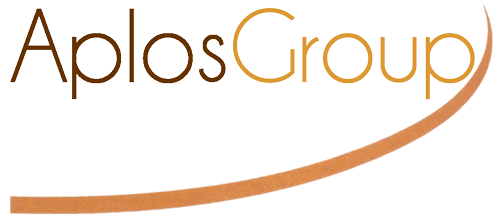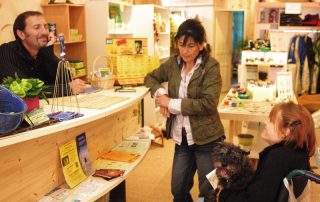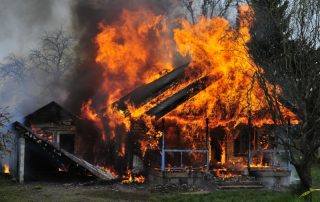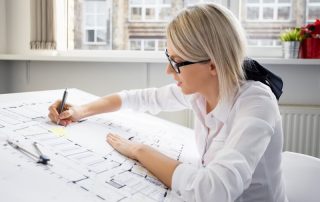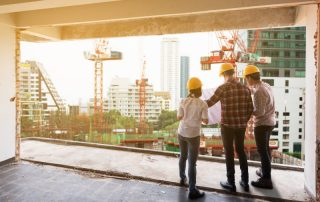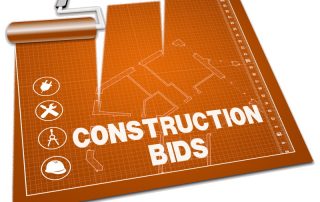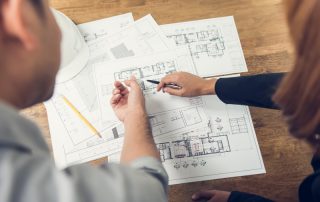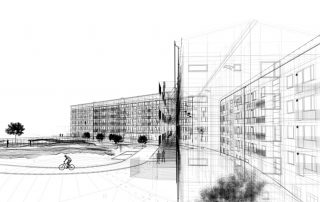Using Universal Design for Better Customer Experience
In her 2016 TED Talk, disability rights advocate Elise Roy said: The unique experiences people with disabilities have is going to be what helps us make and design a better world for everyone. The concept Roy describes is known as universal design, an idea wherein designers strive to create environments that empower all people to

